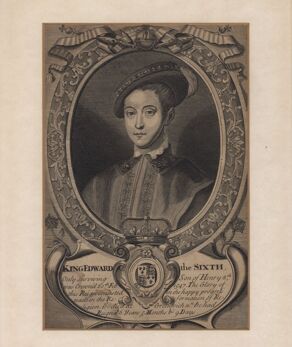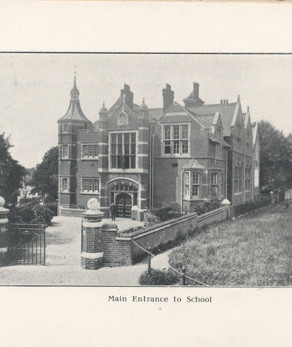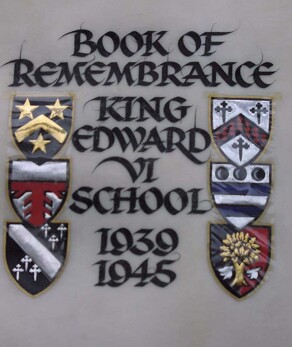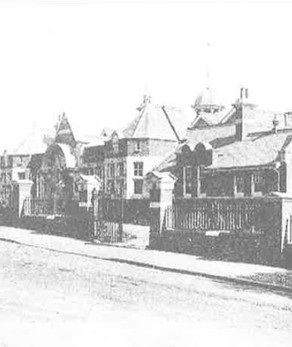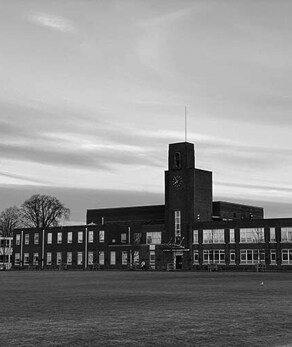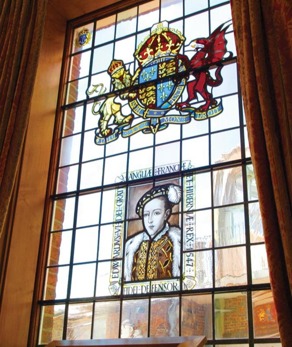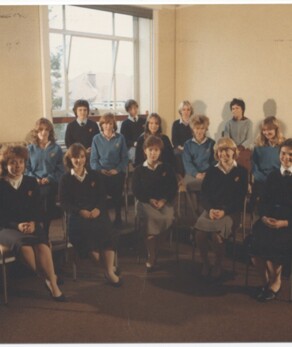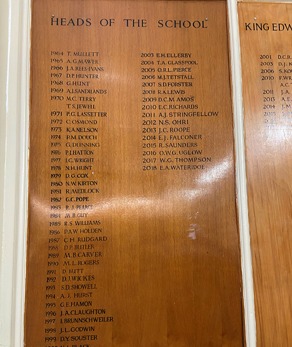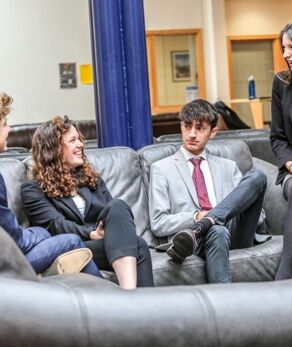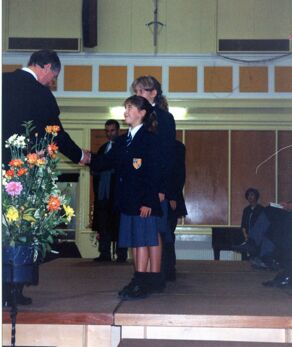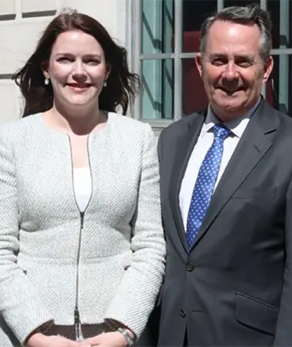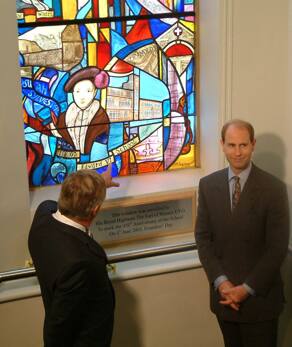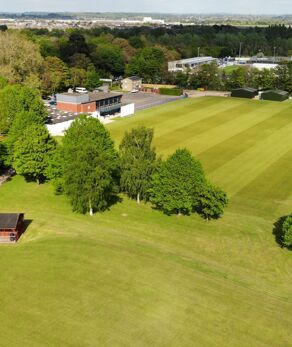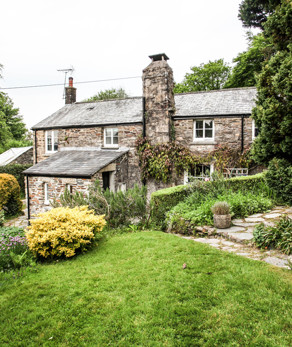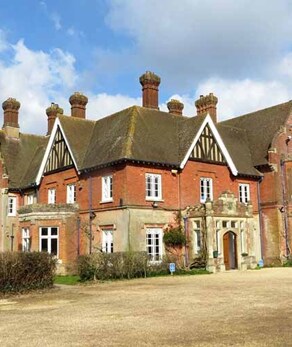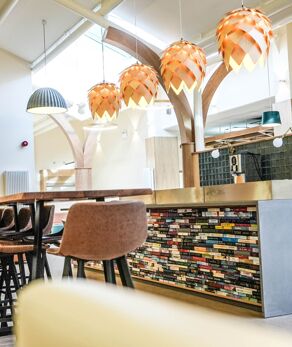1553
William Capon left money in his will to establish a grammar school for poor scholars of Southampton. The King signed the necessary charter in 1553 and the school opened in 1554 in Winkle Street, an unfashionable part of the town, inside the city wall near God's House Tower gate.
1696
In 1696 the school transferred to larger premises not far away in Bugle Street. Isaac Watts briefly attended the school. Head Master James Fewings increased the number of pupils from the 1880s.
1896
The next move to the prestigious building at Havelock Road (in the Marlands area of Southampton) in 1896 resulted in pupil numbers increasing to over one hundred. A school Cadet Corps existed during the First World War.
1921
The House system was born in 1921, and were named after the founder, Capon, and five famous Old Edwardians; Reynolds, Sylvester, Lake, Watts and Lawrence. The House system and the names remain to this day.
1938
Purpose-built school buildings were constructed at Hill Lane, and were occupied in the summer of 1938.
1939
The whole school was evacuated to Poole and the Kellett Road building was occupied by the British Army during the Second World War. Poole Veterans 1935-1945 (edited by John Guilmant) is a collection of letters and memoirs published by the Southampton Old Edwardians Association, 2000.
1945
Students and teachers returned to the Wilton Road school site in 1945, and have remained at that location to this date.
1954
The Duchess of Kent opened the Commemoration Room in 1954. It was built to house the memorials to those Old Edwardians who died during both World Wars.
1978
An appeal was launched for funds to enable the School to become independent. While confident that it was in the school’s best interest, due to the political pressures creating an atmosphere of uncertainty in the school’s development, the Head feared the move to independence might exclude gifted children unless a bursary fund...
Read more
1982
On 6th September, Sir Edward Abraham, an Old Edwardian, officially opened the extension to the school Science block funded by a donation from E.P.Abraham Cephalosporin Trust Fund, at a ceremony attended by the Sheriff of Southampton, the Governors, the Head Master, Old Edwardians and other friends of the school.
Read more
1983
In 1983, the first girls were welcomed into the Sixth Form at King Edward VI School.
1985
Rebecca Williams became the first female student to become Head of School.
1991
In 1991, the School constructed the Sports, Art and Drama complex. The building, which included the concourse, hospitality suite and Dobson Theatre was finished in November 1992 and finally opened the following May. With the installation of the lift, new classrooms and the IT suite, the whole complex was finally finished by November 1993.
Read more
1994
King Edward VI School becomes fully co-educational. In 1994 45 girls joined 86 boys as the First Year intake.
2000
Natalie Black was made the first female Head of School of a now fully co-educational King Edward VI School in 2000. Click 'read more' to read about Natalie's time at King Edward's.
Read more
2003
The School celebrated 450 years in 2003. To celebrate, we invited Prince Edward to the School, who unveiled a stained-glass window.
Read more
2004
In 2004 the School acquired Wellington Sports Ground from the University of Southampton.
Read more
2004
The Lovaton Rural Study Centre was purchased in 2004. Located near Yelverton on Dartmoor, it has easy access to the moor, and was converted to provide an offsite facility for twenty-four students including accommodation, a refectory, a study areas and drying room.
Read more
2011
In 2011, King Edward VI School made Stroud School, Romsey its official preparatory school. The school is located on the edge of the market town of Romsey and comprises of Early Years, Key Stage 1, Middle and Senior School’ welcoming children from three to thirteen years of age.
Read more
2017
The Dobson Theatre was re-opened in 2017 and is now a modern, versatile space designed to host a diverse programme of events for the School. The Dobson Theatre is frequently used for theatre, music, dance and presentations/ lectures, as well as being used by the local community.
2021
In 2021, the School completed a project to create a
wellbeing centre in the middle of the school.
2022
The official completion of the Concourse was on 1 September 2022. The Concourse is a dedicated space for Sixth Form students to study, relax and meet friends in between lessons.

